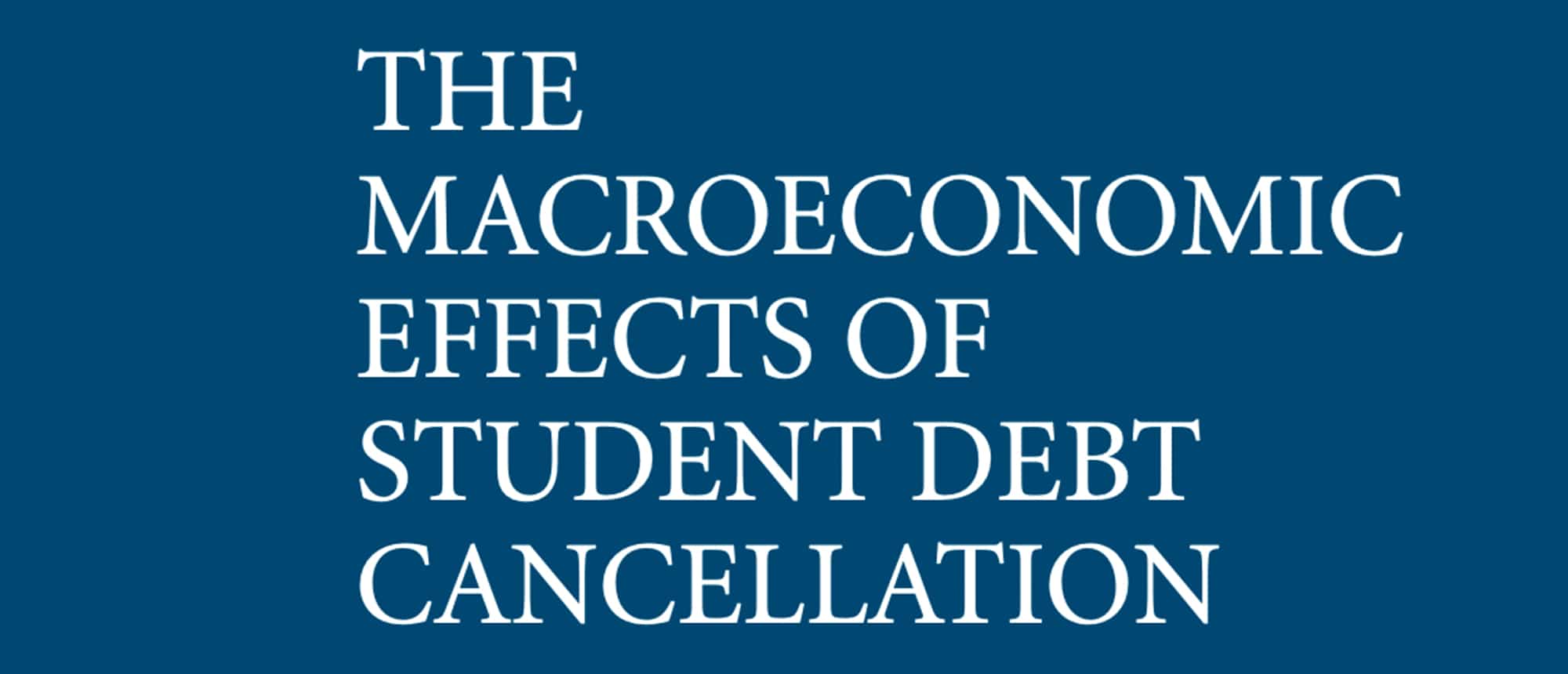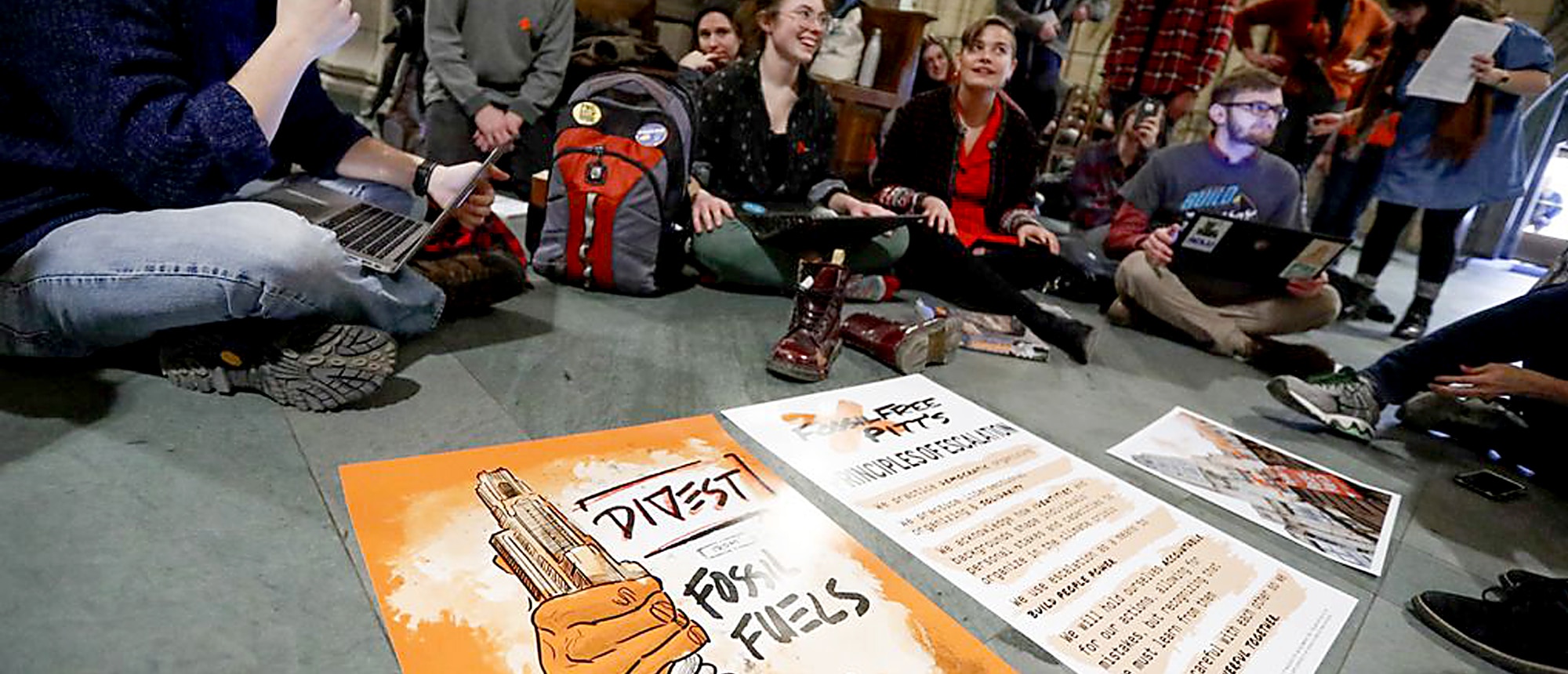The Macroeconomic Effects Of Student Debt Cancellation
More than 44 million Americans are caught in a student debt trap. Collectively, they owe nearly $1.4 trillion on outstanding student loan debt. Research shows that this level of debt hurts the US economy in a variety of ways, holding back everything from small business formation to new home buying, and even marriage and reproduction.
It is a problem that policymakers have attempted to mitigate with programs that offer refinancing or partial debt cancellation. But what if something far more ambitious were tried? What if the population were freed from making any future payments on the current stock of outstanding student loan debt? Could it be done, and if so, how? What would it mean for the US economy?
This report seeks to answer those very questions. The analysis proceeds in three sections: the first explores the current US context of increasing college costs and reliance on debt to finance higher education; the second section works through the balance sheet mechanics required to liberate Americans from student loan debt; and the final section simulates the economic effects of this debt cancellation using two models, Ray Fair’s US Macroeconomic Model (“the Fair model”) and Moody’s US Macroeconomic Model.
Several important implications emerge from this analysis. Student debt cancellation results in positive macroeconomic feedback effects as average households’ net worth and disposable income increase, driving new consumption and investment spending. In short, we find that debt cancellation lifts GDP, decreases the average unemployment rate, and results in little inflationary pressure (all over the 10-year horizon of our simulations), while interest rates increase only modestly. Though the federal budget deficit does increase, state-level budget positions improve as a result of the stronger economy. The use of two models with contrasting long-run theoretical foundations offers a plausible range for each of these effects and demonstrates the robustness of our results.
A one-time policy of student debt cancellation, in which the federal government cancels the loans it holds directly and takes over the financing of privately owned loans on behalf of borrowers, results in the following macroeconomic effects (all dollar values are in real, inflation-adjusted terms, using 2016 as the base year):
The policy of debt cancellation could boost real GDP by an average of $86 billion to $108 billion per year. Over the 10-year forecast, the policy generates between $861 billion and $1,083 billion in real GDP (2016 dollars).
Eliminating student debt reduces the average unemployment rate by 0.22 to 0.36 percentage points over the 10-year forecast.
Peak job creation in the first few years following the elimination of student loan debt adds roughly 1.2 million to 1.5 million new jobs per year.
The inflationary effects of cancelling the debt are macroeconomically insignificant. In the Fair model simulations, additional inflation peaks at about 0.3 percentage points and turns negative in later years. In the Moody’s model, the effect is even smaller, with the pickup in inflation peaking at a trivial 0.09 percentage points.
Nominal interest rates rise modestly. In the early years, the Federal Reserve raises target rates 0.3 to 0.5 percentage points; in later years, the increase falls to just 0.2 percentage points. The effect on nominal longer-term interest rates peaks at 0.25 to 0.5 percentage points and declines thereafter, settling at 0.21 to 0.35 percentage points.
The net budgetary effect for the federal government is modest, with a likely increase in the deficit-to-GDP ratio of 0.65 to 0.75 percentage points per year. Depending on the federal government’s budget position overall, the deficit ratio could rise more modestly, ranging between 0.59 and 0.61 percentage points. However, given that the costs of funding the Department of Education’s student loans have already been incurred (discussed in detail in Section 2), the more relevant estimates for the impacts on the government’s budget position relative to current levels are an annual increase in the deficit ratio of between 0.29 and 0.37 percentage points. (This is explained in further detail in Appendix B.)
State budget deficits as a percentage of GDP improve by about 0.11 percentage points during the entire simulation period.
Research suggests many other positive spillover effects that are not accounted for in these simulations, including increases in small business formation, degree attainment, and household formation, as well as improved access to credit and reduced household vulnerability to business cycle downturns. Thus, our results provide a conservative estimate of the macro effects of student debt liberation.
To read the full report click here.








